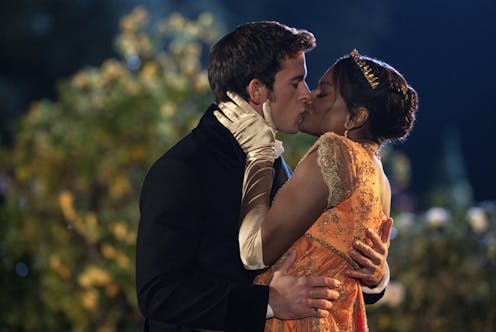5 myths about romance fiction, busted – from Fabio to feminism
- Written by Jodi McAlister, Senior Lecturer in Writing, Literature and Culture, Deakin University

Romance fiction has a reputation problem. In its long history, it has been regularly characterised as “trashy”: a sort of sentimental junk food for the brain.
At worst, romance novels have been imagined as actively harmful to their readers (usually assumed to be women): giving them unrealistic expectations about relationships and/or reconciling them to patriarchy.
But what actually is romance fiction?
Valentine’s Day tends to provoke a yearly wave of media coverage about romance. This phenomenon has intensified[1] with the emergence of BookTok (the bookish side of TikTok), where romance fiction features heavily – as well as with the popularity of Bridgerton[2], adapted from Julia Quinn’s series of historical romance novels.
These articles regularly perpetuate a set of myths about romance fiction. Frequently, too, they feature romance fiction reading lists without any actual romance novels on them – often rooted in outdated[3] and outmoded[4] understandings of the genre (which, like all genres, is deeply fluid and has changed and adapted enormously over time).
Read more https://theconversation.com/5-myths-about-romance-fiction-busted-from-fabio-to-feminism-219706

















